Black tea Jiuqu red plum aroma taste characteristics and efficacy taboo and function what grade in Jiuqu red plum
Jiuqu Hongmei is a kind of Chinese black tea and a kind of Kungfu Tea, which is produced in Xihu, Hangzhou City, Zhejiang Province, which is also the hometown of Longjing tea.
The tea of Jiuqu Hongmei is as red as red plum, so it is called Jiuqu Hongmei. Jiuqu means "zigzag", which is the name of a stream; red means "red"; beauty means "plum".
Jiuqu Hongmei is the only black tea among 28 kinds of famous teas in Zhejiang Province. Jiuqu red plum and Longjing are also known as "one green and one red" or "jadeite (Longjing tea) agate (Jiuqu Hongmei)".
1. The History of Jiuqu Hongmei
Jiuqu red plum tea has a history of nearly 200 years. It became famous more than 100 years ago. As early as 1886, it won the gold medal of the Panamanian World Expo.
In theory, Jiuqu Hongmei originated in Jiuqu Creek in Wuyi Mountain, Fujian Province, where black tea is rich. In the 1850s, some tea farmers in Wuyi Mountain migrated to Zhejiang.
When they settled down near the West Lake, they began to grow and make tea. Because they are good at making tea, Jiuqu Hongmei was born.
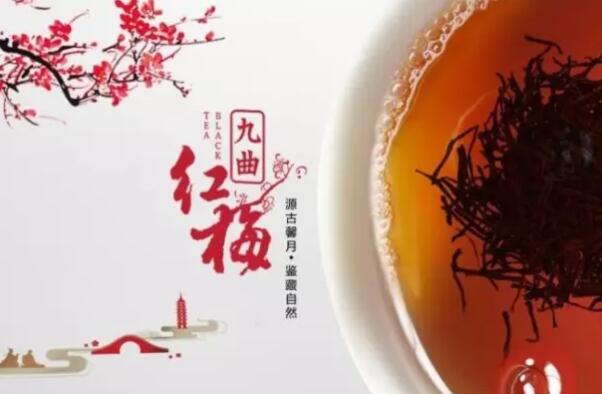
In memory of their hometown, there is a stream called Jiuqu Creek. Because the color of tea is similar to that of red plum, they named it Jiuqu Hongmei. Later, Jiuqu Hongmei was very famous in Hangzhou and was favored by tea merchants.
Unfortunately, with the outbreak of the war, the tea garden was abandoned and Jiuqu red plum began to decline. After the 1960s, as China's economy began to recover, local farmers began to organize the restoration of tea gardens, and the production of zigzag red plum began to recover gradually.
The local government attaches great importance to tea production. While registering the trademark of "Jiuqu Hongmei" in 2000, the influence of Jiuqu Hongmei was expanded by means of holding competitions, participating in evaluation and media publicity, so that Jiuqu Hongmei developed rapidly.
two。 Characteristics of Jiuqu Hongmei
Jiuqu Hongmei mainly grows in the towns and mountains around the West Lake. The climate here is warm, humid and foggy, which is very suitable for the growth of tea trees.
The sandy soil is deep and fertile and has good permeability. This unique ecological environment is very conducive to the formation and accumulation of amino acids, proteins and aromatic substances in tea.
The picking time of Jiuqu Hongmei is around Grain Rain (April 19-21). It is made by withering, rolling, fermentation and drying (baking).
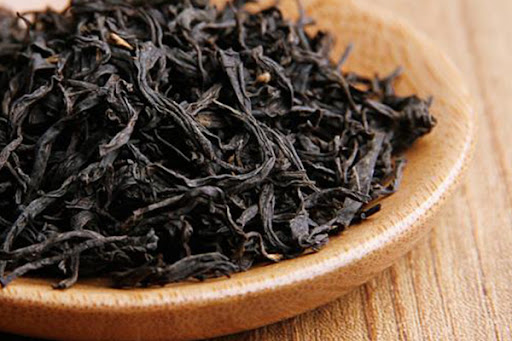
The finished Jiuqu red plum tea is thin and tight in shape, curled in the shape of a fish hook and reddish brown in color. After brewing, there is a strong fragrance, similar to that of orchids, honey or pine smoke.
The tea is as red as red plum and has a mellow taste. The tea leaves are brown.
There is a famous rose tea called Jiuqu Rose Black Tea, which is a mixture of Jiuqu red plum and rose. It is very suitable for women.
3. The efficacy and function of Jiuqu Hongmei
Jiuqu red plum is a kind of black tea and a kind of fermented tea, which is rich in theaflavins and lycopene. Theaflavins can prevent cardiovascular disease and reduce blood lipids. Lycopene has the effect of antioxidation.
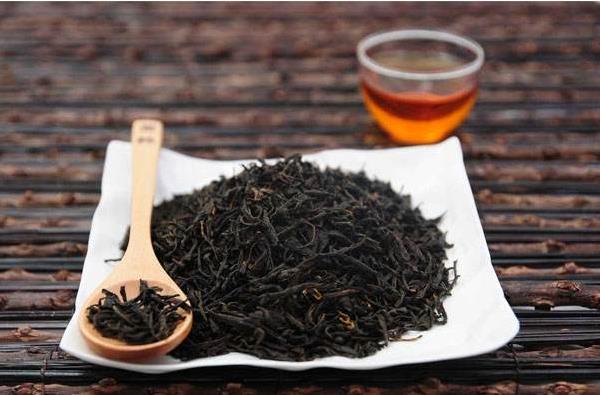
In addition, Jiuqu Hongmei is rich in amino acids, proteins, trace elements and vitamins, which has many health benefits.
Here are the main benefits of Jiuqu red plum:
Diuresis
Anti-aging
Anti-cancer
Detoxification
Nourishing the stomach
Reduce blood lipid
Reduce the prevalence of cardiovascular disease
Anti-inflammation and sterilization
Important Notice :
前街咖啡 FrontStreet Coffee has moved to new addredd:
FrontStreet Coffee Address: 315,Donghua East Road,GuangZhou
Tel:020 38364473
- Prev
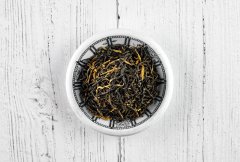
What are the kinds of famous black tea in China and where the black tea from which origin is more famous and delicious?
Chinese black tea is one of the six major teas in China and the second largest among the six teas with a history of more than 400 years. Black tea is a kind of fermented tea, which is made from suitable fresh tea after a series of processes such as withering, rolling, fermentation, drying and so on. In the process of producing black tea, there are many chemical reactions centered on the enzymatic oxidation of tea polyphenols. The chemical composition of fresh leaves changed greatly.
- Next
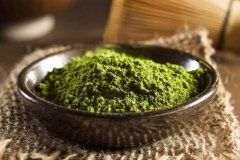
Is Japanese matcha powder green tea powder the same? is matcha powder made of green tea? which one is better?
Matcha green tea powder is green powder at first glance, but in fact, there are different processes.
Related
- What effect does Italian American coffee with filter paper have? Will coffee taste better if it is put on filter paper at the bottom of the powder bowl?
- What is the color difference in coffee beans? What are the characteristics of honey processed coffee beans? Why are the anaerobically treated coffee beans uneven in color?
- How does novice Xiaobai quickly get started and make coffee? Newbies learn to make coffee by hand and share the specific steps and process process!
- Costa tea has a shelf life of 100 years?! Expert: Unable to verify
- It's a huge uproar! American milk addition was rejected by Manner employees?!
- Mocha pot coffee bean recommendations| How fine and how much powder should be used for grinding? What parameter ratios do I need to use to make milk with Mocha pot coffee?
- What are the characteristics of the world's top ten coffee beans treated with Costa Rica honey? How to make black honey kadura from Tarazhu Pilon Processing Plant taste good?
- How to make deep-roasted coffee? What grinding water temperature does authentic Jamaica Blue Mountain No. 1 coffee use to brew it well?
- Selected high-grade rose summer coffee flavor tasting guide Why Panama rose summer has the aroma of flowers and fruits
- What equipment does a novice Xiaobai need to buy to learn to make coffee? Filter cup electronic scale bean grinder manual flushing pot purchase guide

